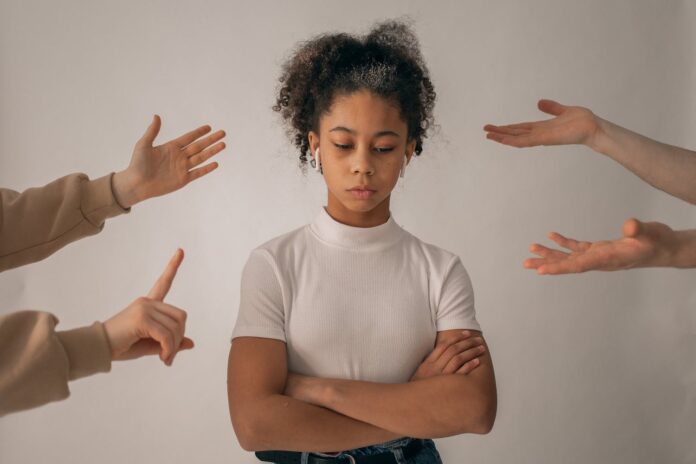
Breana Calloway stood in front of the Illinois State Senate in March to testify in favor of the Racism Free Schools Act.
It passed the Senate unanimously, passed through the House, and was signed into law in August.
Calloway, a principal-in-training in Chicago and a former Teach Plus Fellow, worked with her cohort to pass the act, which she says “puts something on the books to protect staff and students from racial harassment.”
The goal was to distinguish racial harassment from bullying, because bullying is something that persists, whereas racial harassment can happen once and still cause the same amount of harm. And it aims to provide training for teachers, because so many “are not prepared to deal with it,” Calloway says.
Growing up in predominantly white spaces, this was personal to Calloway. She wanted to make sure that not only was her story being told, but so were the stories of thousands of students who experience this daily.
Now they’re figuring out how to implement it, hold people accountable, and even take it national.
“This is something we want to expand upon,” Calloway says. “This is something that is super monumental for us here in Illinois, and we’re definitely looking forward to expanding.”
Racist Bullying Isn’t Going Anywhere
Bullying isn’t going away. If anything, it’s evolving and becoming more targeted, says Tyler Cook, a second-year eighth-grade math teacher in Philadelphia.
“Bullying has become much more intersecting,” he says. “As we’ve adopted more inclusive language and different ways of recognizing the intersections in the world, that also has created more room for violence and harm.”
Cook, a Black and queer educator, is open with his students about how he identifies. Fed up with the offensive vernacular he’s heard students use, Cook leads Safe Zone workshops, teaching his students how to address different identities, and be open and mindful of others’ identities.
But it only sticks situationally. Even though Cook knows his students respect him, he’s found they are no longer thinking about his identity when they leave his classroom. He’s overheard students say, “This person is a f*****, but I’m not talking about Mr. Cook.”
Cook wants students to understand that there aren’t exceptions to derogatory terms.
“You’re talking about a community that I am accepted into, a community that I feel a part of,” Cook says. “When you say that to one person, you’re saying that to all.”
Despite making up only 15% of the public school population, Black students were 35% of those who reported being bullied because of their race, according to a 2018 report by the U.S. Department of Education’s Civil Rights Data Collection. Race-based bullying accounted for nearly a quarter of all bullying reported in the analysis, and it was the top reason Black students were bullied.
Cyberbullying is also a huge problem among teens, with 46% of teens ages 13-17 reporting any type of cyberbullying, according to a 2022 Pew Research Center report. Black students, at 40%, were the least likely to report cyberbullying, and 29% said they experienced offensive name-calling.
However, data from Boston University’s Wheelock College of Education & Human Development shows that searches for both school bullying and cyberbullying dropped between 30% to 40% during virtual learning in spring 2020. The drop continued through the fall and winter of the 2020-2021 school year, but increased back to pre-pandemic levels, and students returned to in-person schooling.


